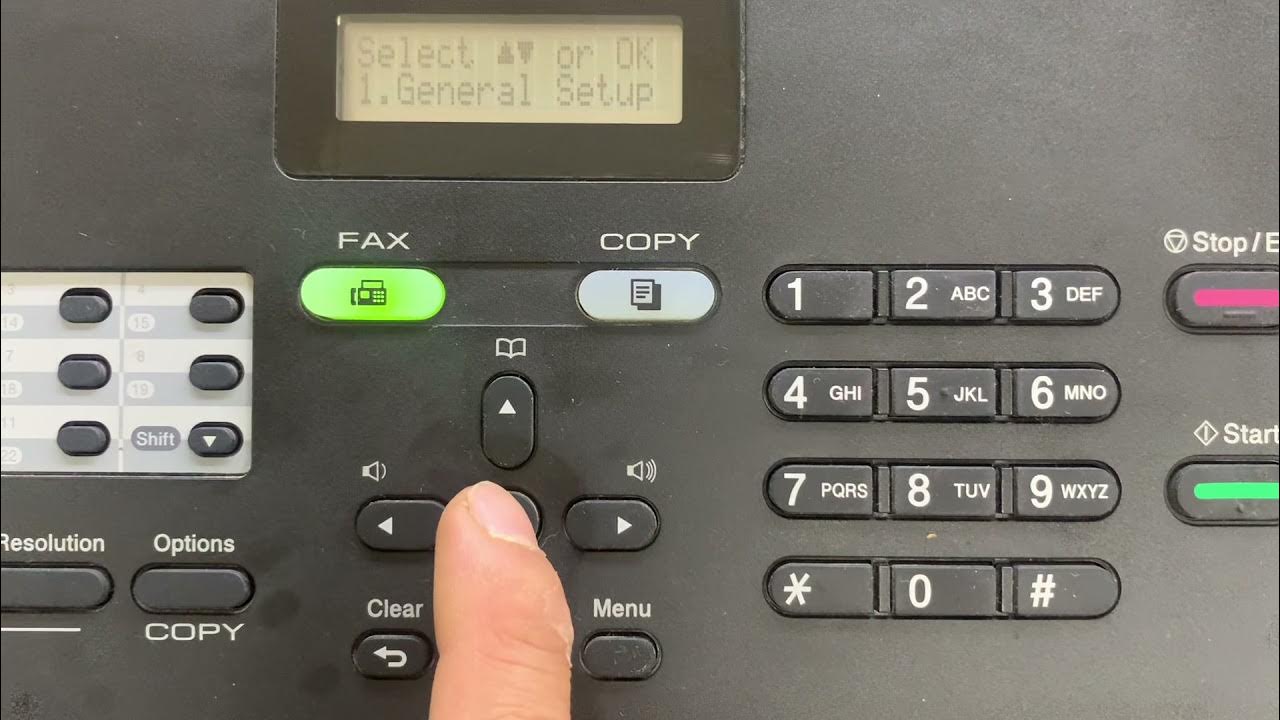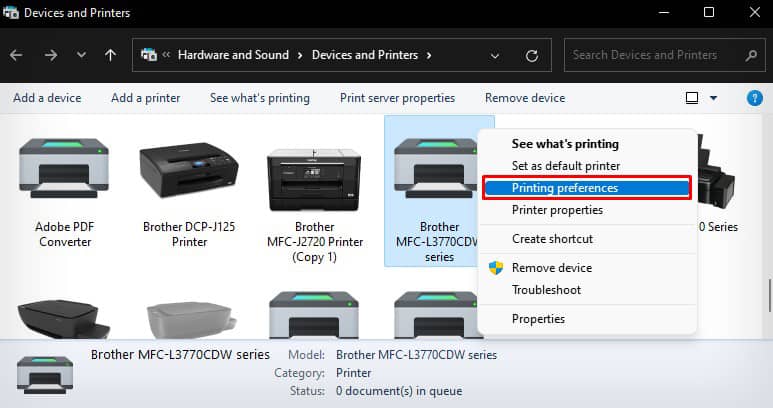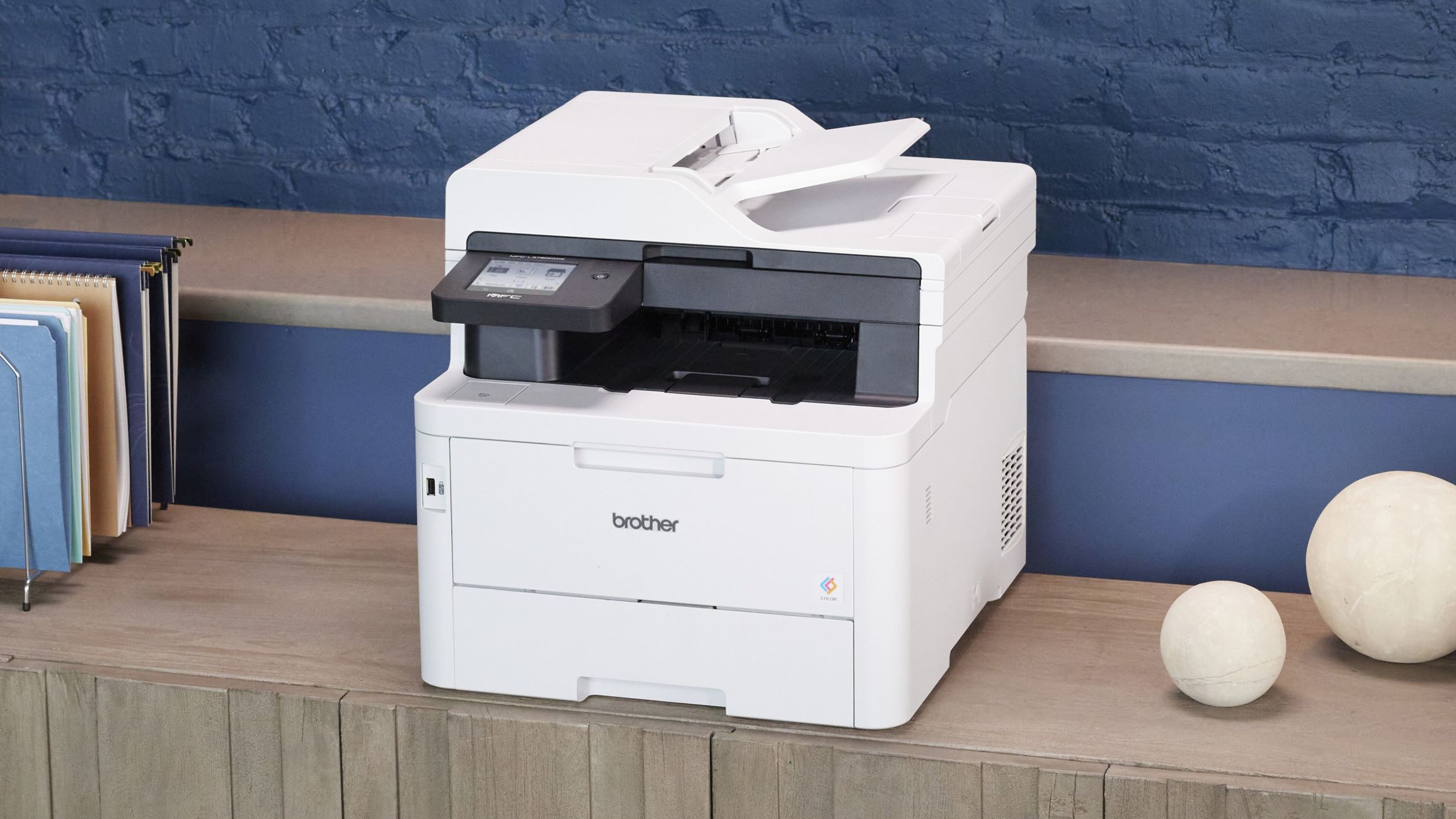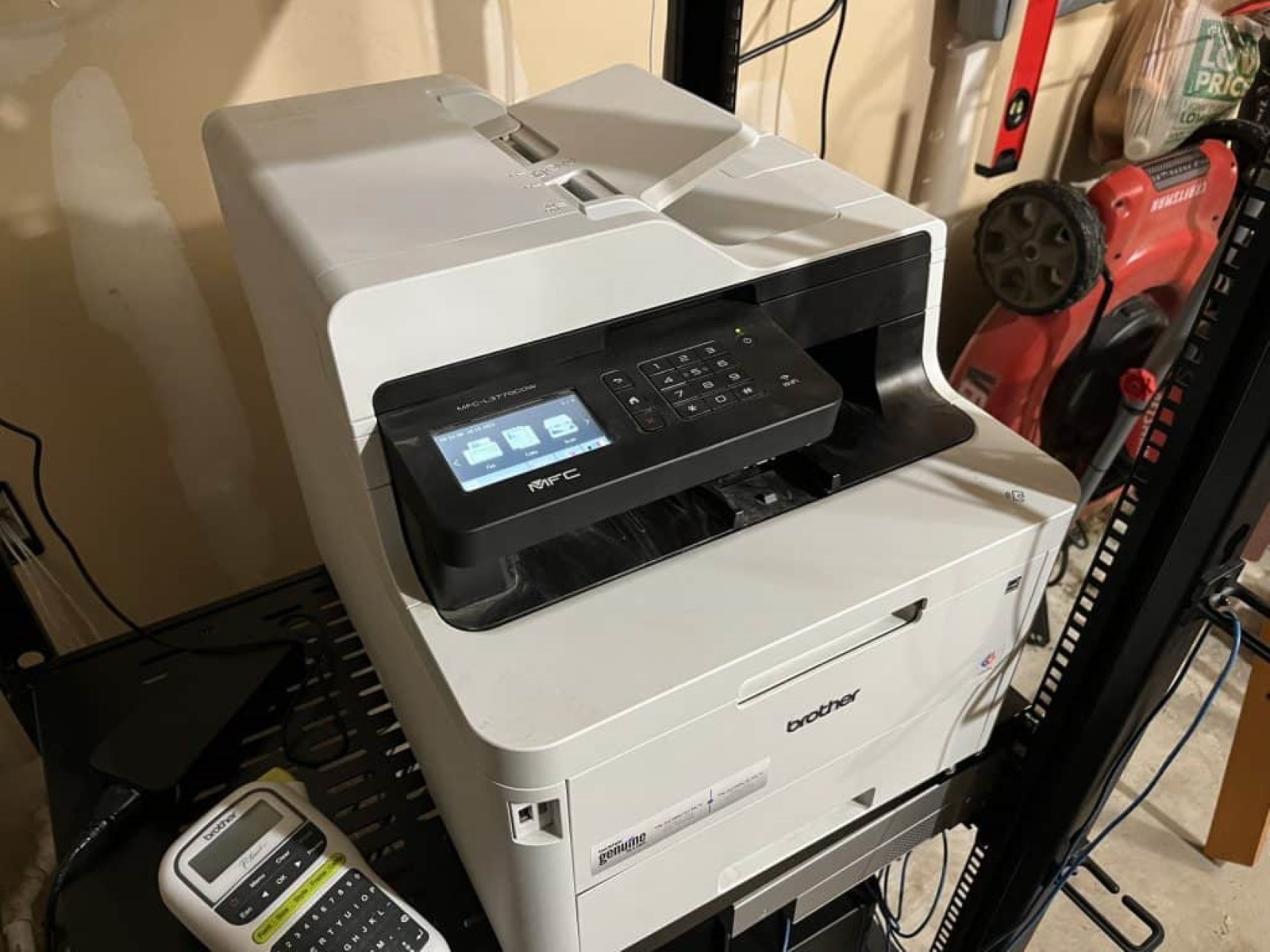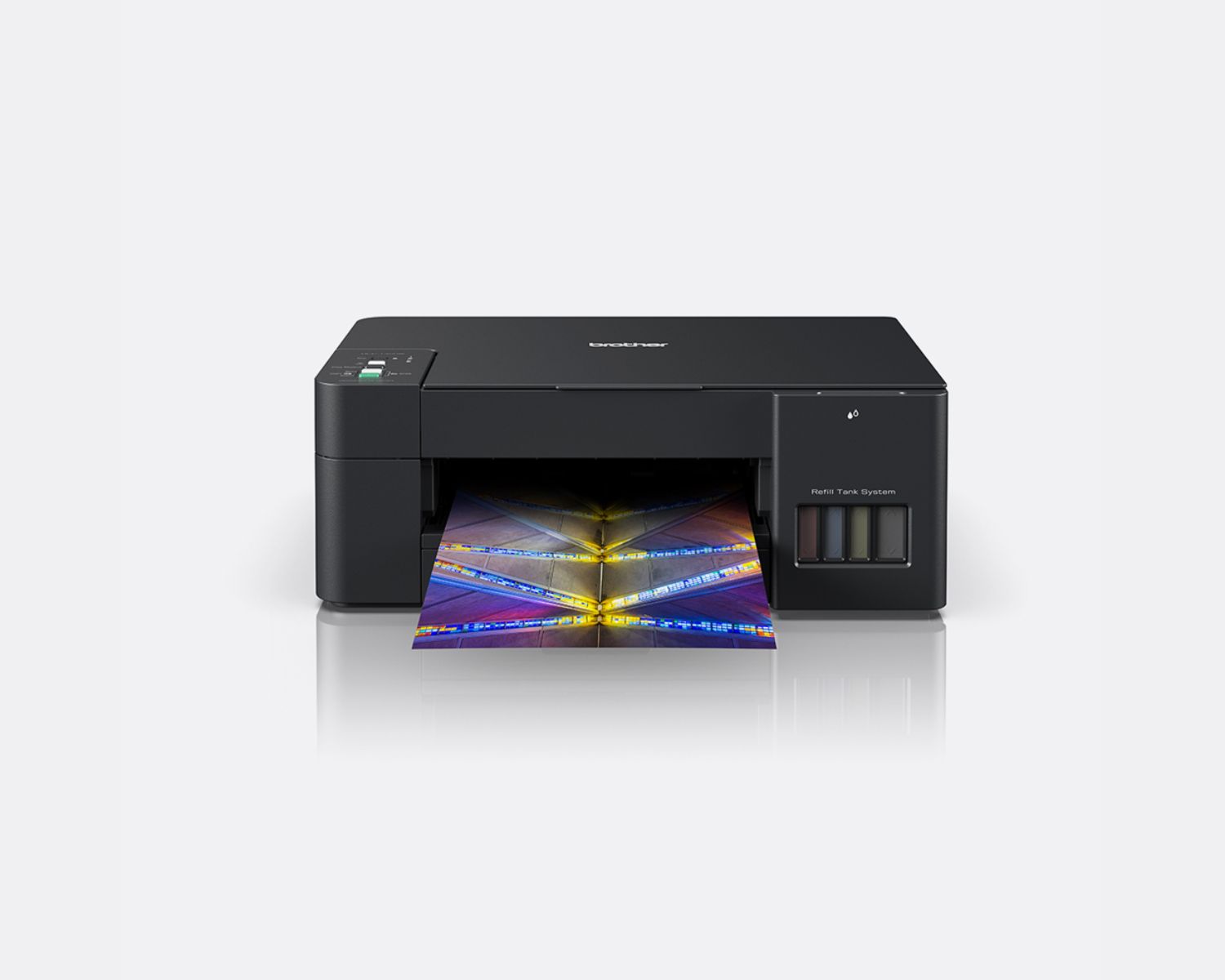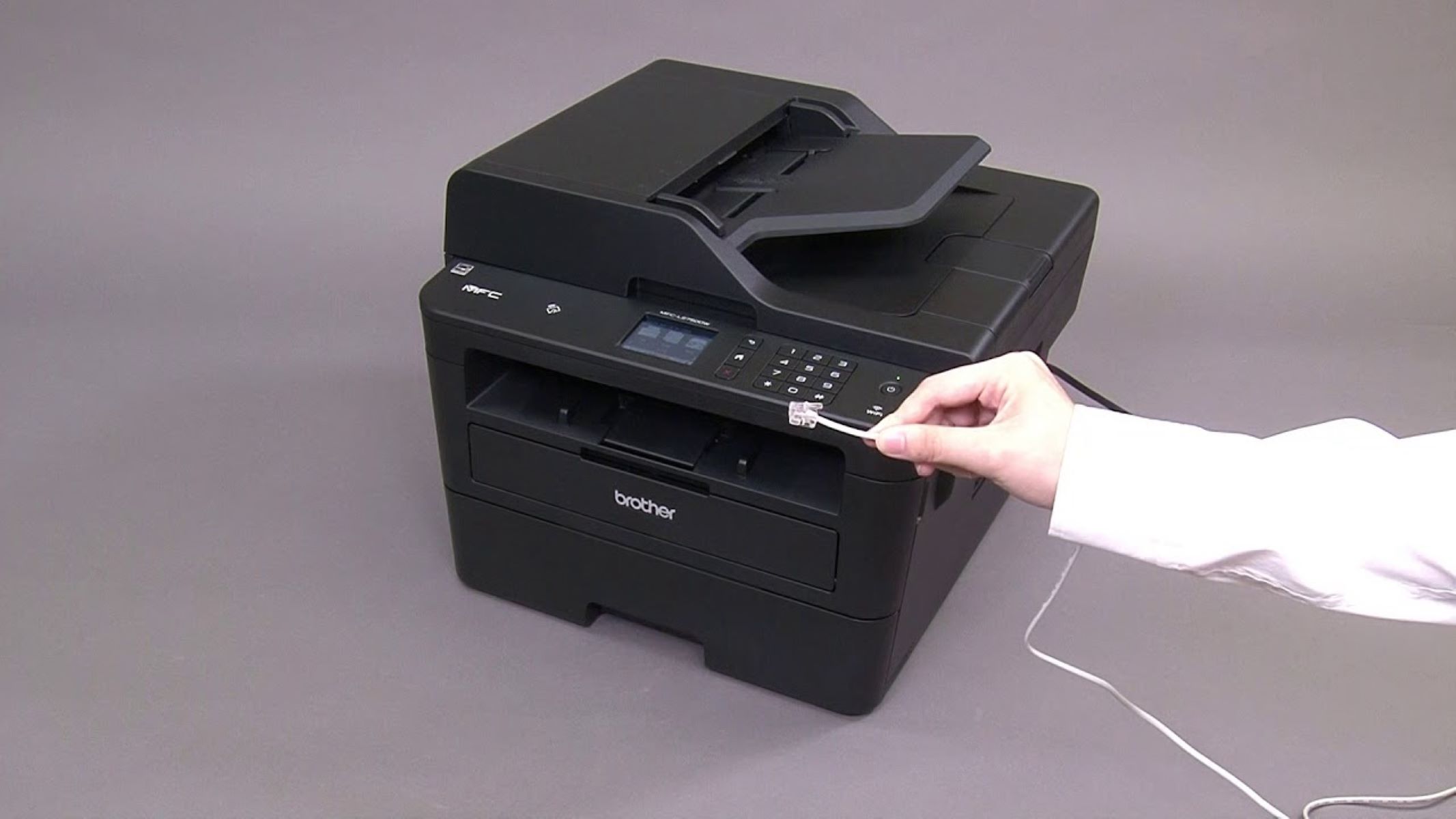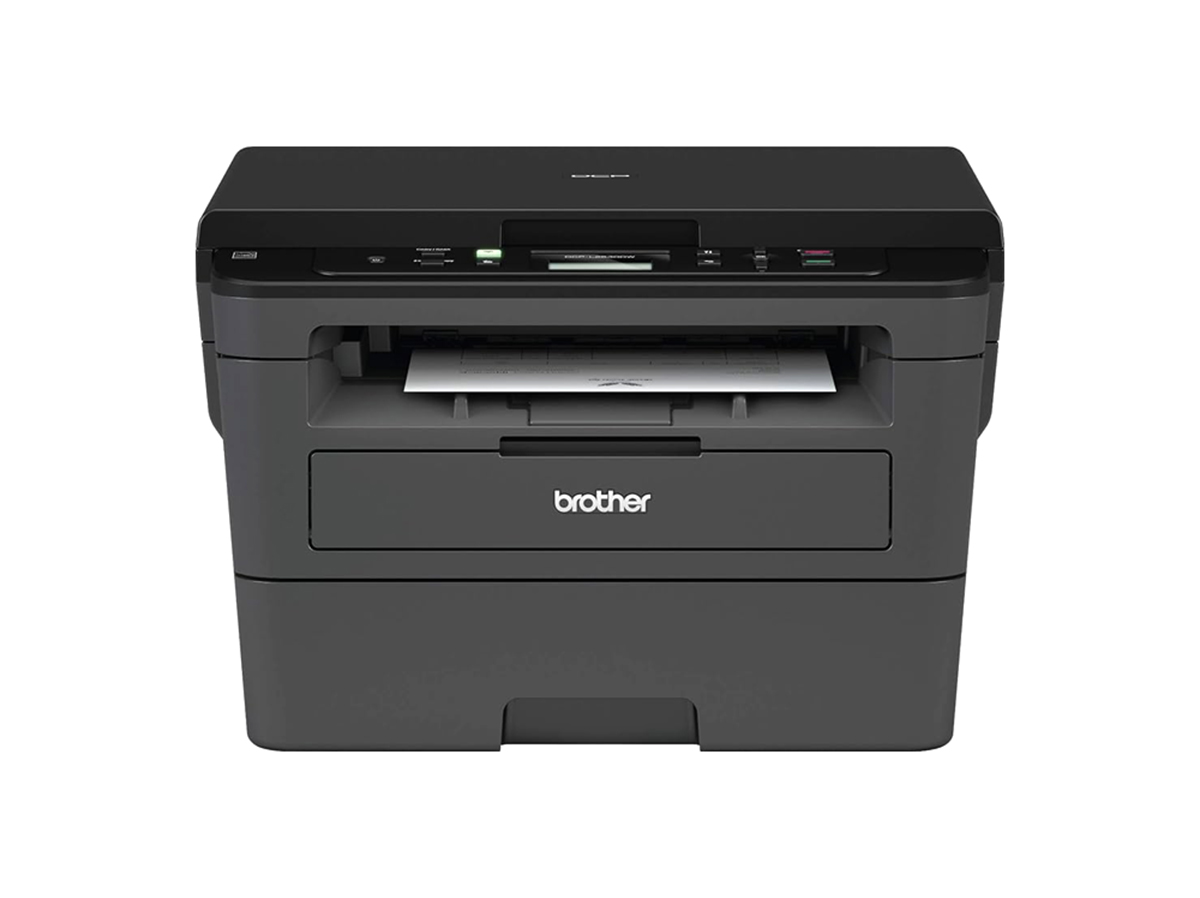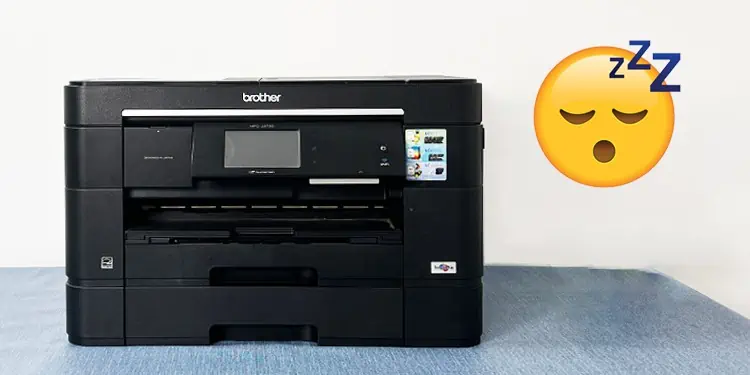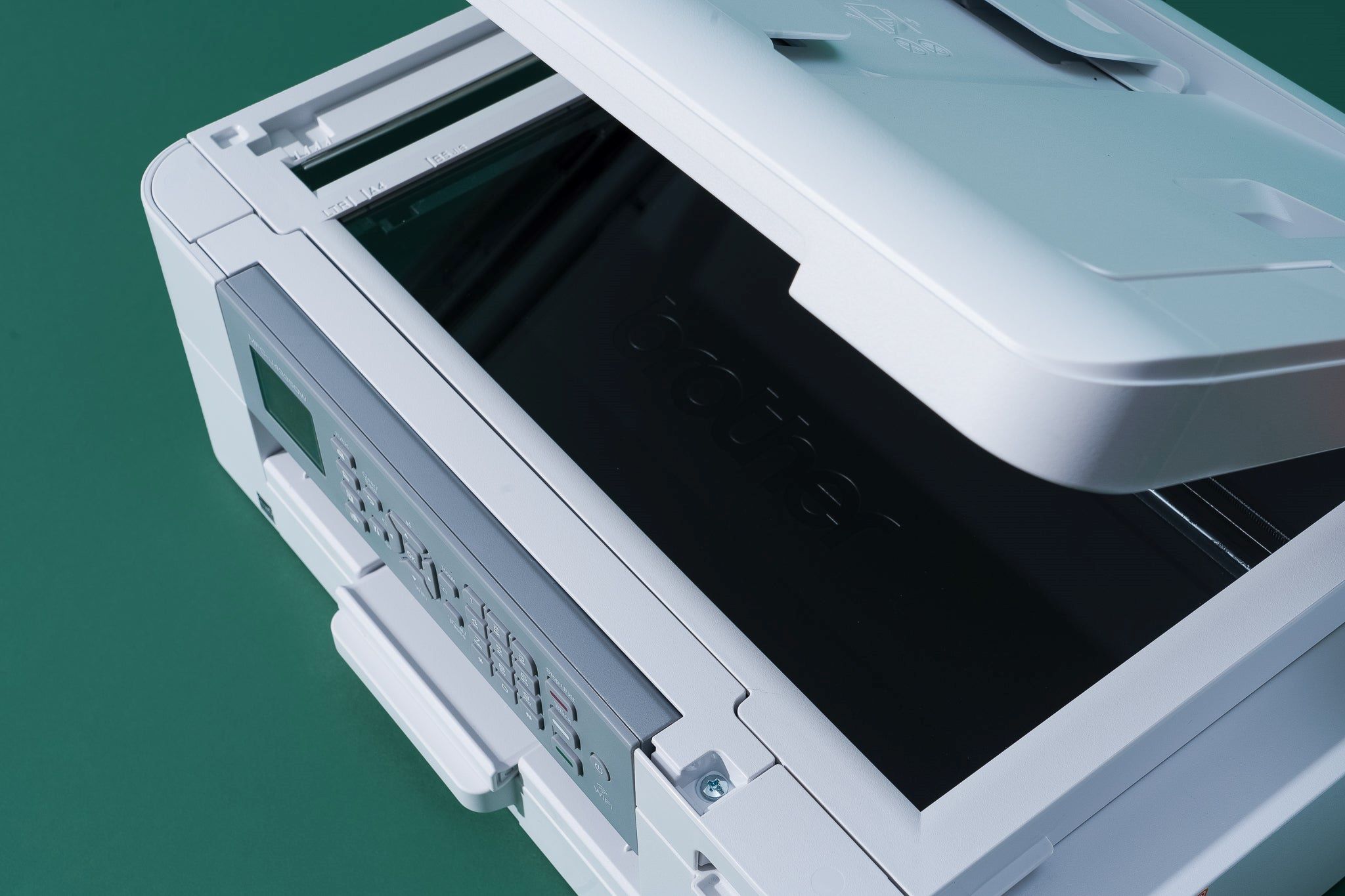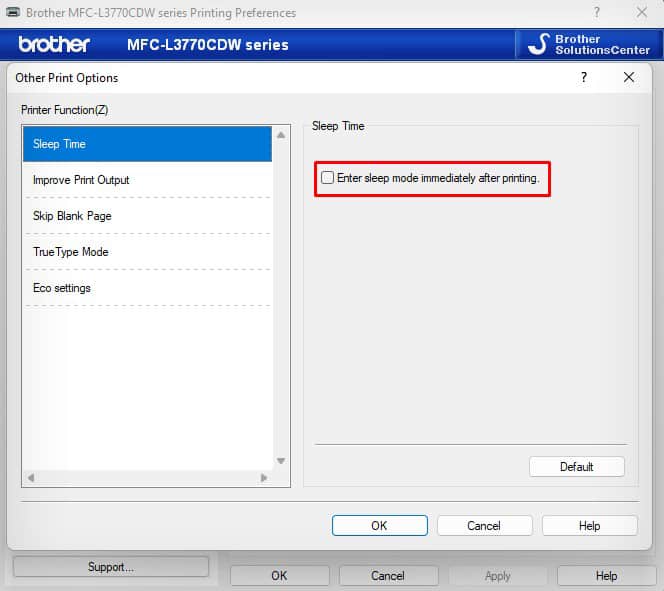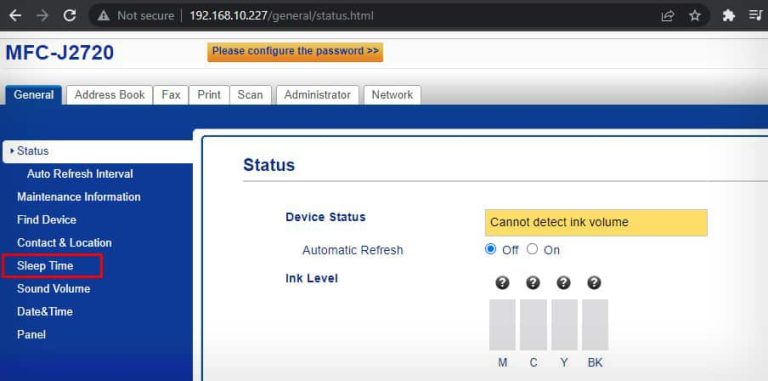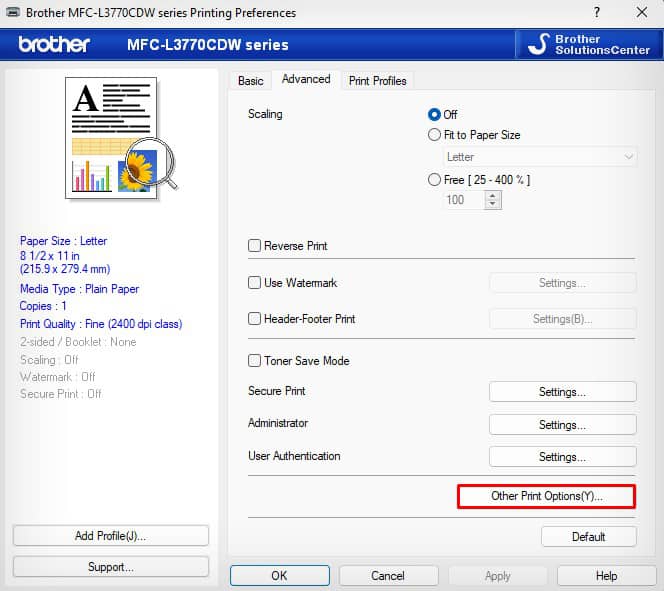Brother Intellifax 2840 Turn Off Sleep Mode

Frustration is mounting among users of the Brother Intellifax 2840, a popular all-in-one office machine, as they grapple with its aggressive sleep mode. The device, designed for efficient faxing, printing, copying, and scanning, frequently enters a low-power state, leading to delays and operational disruptions.
This issue, impacting both small businesses and home offices, has prompted widespread online discussions and troubleshooting efforts. The persistent sleep mode not only slows down workflow but also raises concerns about potential data loss during interrupted operations. This article delves into the complexities of disabling or adjusting the sleep mode on the Brother Intellifax 2840, explores user perspectives, and examines potential long-term solutions.
The Sleep Mode Dilemma: User Experiences
Many users report significant delays when attempting to use the Intellifax 2840 after it has entered sleep mode. The warm-up time can range from several seconds to over a minute, causing frustration, especially in fast-paced office environments.
Online forums are filled with complaints. "It's incredibly annoying," writes one user on a popular tech support forum. "I just want to quickly fax something, and I have to wait for ages for the machine to wake up."
Others express concern about potential data loss. A user shared: "I worry that a partially completed scan might get lost if the machine goes to sleep mid-process."
Official Guidance from Brother: Limited Options
Brother, the manufacturer of the Intellifax 2840, provides limited options for disabling or significantly adjusting the sleep mode. The device is designed with energy efficiency in mind, adhering to environmental standards and regulations.
According to the official Brother support website, users can access the machine's settings through the control panel. The options include adjusting the time it takes for the machine to enter sleep mode.
However, a complete disabling of the sleep mode is not offered as a standard feature. This limitation has fueled further user dissatisfaction, driving them to seek alternative workarounds and unofficial solutions.
Exploring Workarounds and Unofficial Solutions
Given the limited official options, users have explored various workarounds to mitigate the impact of the sleep mode. Some recommend sending a print job or a test fax periodically to keep the machine active.
Another suggested solution involves using the machine's control panel to extend the sleep mode timer to its maximum setting. While this doesn't eliminate the sleep mode entirely, it reduces its frequency.
However, it's important to note that unofficial workarounds may void the machine's warranty or lead to unexpected issues. Users are advised to proceed with caution when implementing such solutions.
The Energy Efficiency vs. User Experience Debate
The Intellifax 2840's aggressive sleep mode highlights the ongoing debate between energy efficiency and user experience. Manufacturers are increasingly prioritizing energy conservation to meet regulatory requirements and reduce environmental impact.
However, in some cases, this emphasis on energy efficiency can come at the expense of user convenience and productivity. Striking a balance between these two competing factors is a crucial challenge for the technology industry.
"There needs to be a setting to turn it off completely." one user lamented. "I understand the importance of energy saving, but not at the cost of my time."
Looking Ahead: Potential Software Updates and Future Models
The widespread user frustration with the Brother Intellifax 2840's sleep mode issue raises questions about potential future software updates. Brother could consider releasing a firmware update that provides users with greater control over the sleep mode settings.
This update could include an option to completely disable the sleep mode for users who prioritize immediate access over energy conservation. In future models, Brother may need to rethink its approach to power management.
Incorporating user feedback during the design and development process can help strike a better balance between energy efficiency and user experience. For now, users are left to navigate the challenges of the sleep mode, hoping for future solutions and a more seamless user experience.
